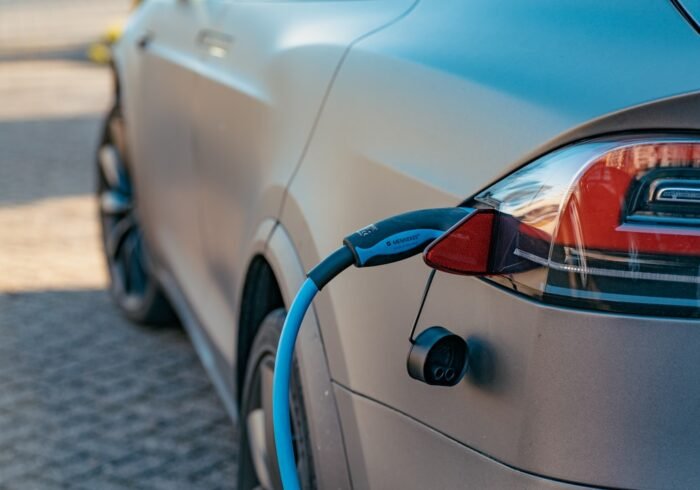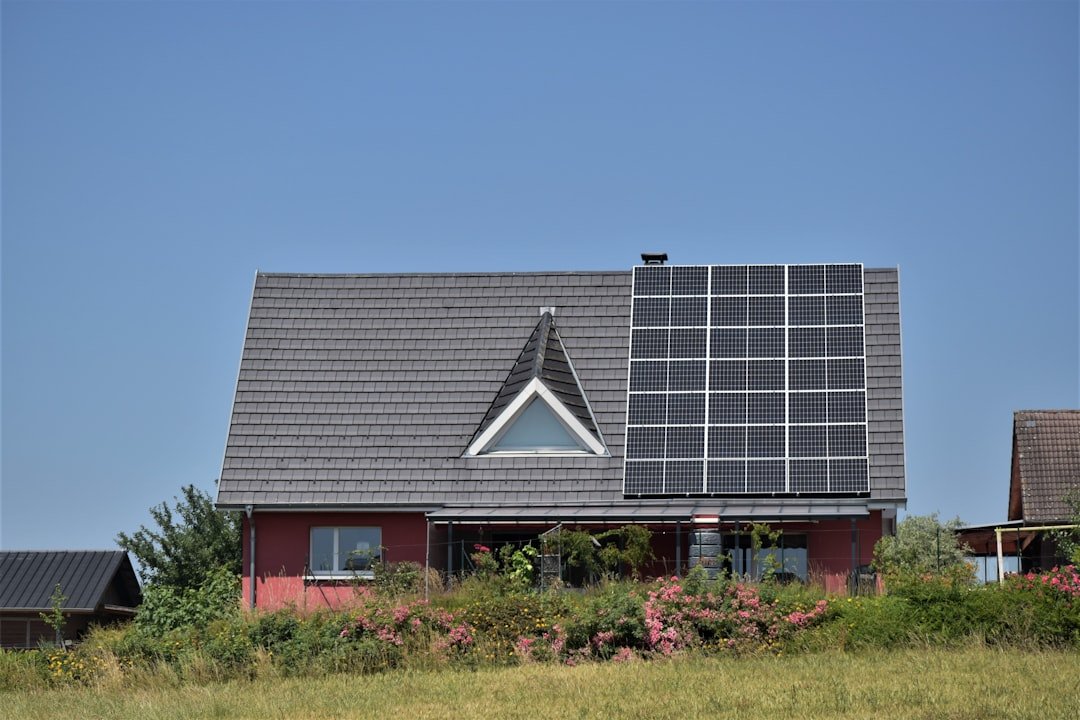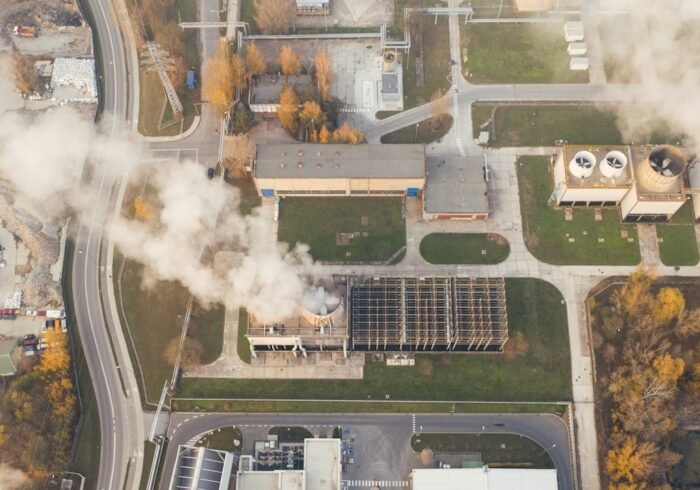In the field of renewable energy, the National Renewable Energy Laboratory (NREL) is a shining example of innovation and research. NREL, the only federal laboratory fully devoted to the study and advancement of energy efficiency and renewable energy technologies, was founded in 1974 & is based in Golden, Colorado. Its goal is to progress the science & engineering of renewable power, sustainable transportation, and energy efficiency technologies in order to support the country’s environmental sustainability and energy security. Operating under the Department of Energy (DOE), NREL works with a range of stakeholders, such as academic institutions, industry partners, and other government agencies, to accelerate the shift to clean energy. Numerous renewable energy sources, such as solar, wind, bioenergy, and geothermal, are included in NREL’s diverse approach.
Key Takeaways
- NREL is a leading research and development center for renewable energy technologies in the United States.
- NREL has made significant innovations in solar energy, including advanced photovoltaic materials and concentrating solar power technologies.
- The laboratory has also made strides in wind energy, developing advanced turbine designs and improving wind resource assessment methods.
- NREL’s bioenergy research focuses on developing sustainable biofuels and bioproducts from biomass resources.
- Energy storage innovations at NREL include advancements in battery technology and grid-scale energy storage systems.
The lab prioritizes grid integration tactics and policy analysis in addition to technology developments. NREL is instrumental in influencing the direction of energy in the US & abroad by promoting innovation via research. The laboratory’s dedication to sustainability is evident in its own operations, as it strives to set an example for other organizations and attain net-zero energy consumption in its facilities.
Leading the charge in solar energy research, NREL has developed breakthroughs that have dramatically lowered the price of solar technologies while increasing their effectiveness. A noteworthy innovation is the creation of photovoltaic (PV) cells with high efficiency. In tandem solar cells, which combine various materials to capture a wider spectrum of sunlight, NREL researchers have made significant advancements. For instance, the lab has produced multi-junction solar cells with efficiencies above 30%, which show great promise for use in concentrated solar power systems and space.
Through creative manufacturing methods, NREL is working to increase solar energy accessibility in addition to increasing cell efficiency. In order to improve scalability and drastically reduce production costs, the lab has investigated techniques like roll-to-roll processing for thin-film solar cells. The economic feasibility of solar technologies is improved by this method, which also creates new opportunities for incorporating solar energy into building materials like windows and solar shingles. In the future, solar energy will be more efficiently and economically harvested thanks to NREL’s efforts to push the limits of solar technology.
| Metrics | Data |
|---|---|
| Total Renewable Energy Capacity | XX GW |
| Renewable Energy Research Funding | XX million |
| Number of Renewable Energy Patents | XXX |
| Renewable Energy Jobs Created | XXX,XXX |
Another important field of study at NREL is wind energy, where researchers are committed to improving turbine performance and design. The creation of sophisticated modeling tools that mimic wind turbine behavior in a variety of scenarios has been one of the laboratory’s major contributions. Engineers can use these tools to optimize turbine designs for particular sites while accounting for terrain, turbulence, and wind speed. In order to increase the energy output of wind turbines, NREL has been able to increase their efficiency and dependability through the use of computational fluid dynamics (CFD) simulations. The potential for offshore wind energy is also being actively investigated by NREL.
In order to deploy wind turbines in deeper waters where wind resources are frequently stronger and more reliable, the lab has carried out a great deal of research on floating wind turbine technology. This invention may open up previously unfeasible wind energy production regions. Also, NREL’s research on wind energy grid integration techniques guarantees that this renewable resource can be successfully integrated into current power systems without sacrificing stability or dependability. Another main focus of NREL’s research is bioenergy, with a focus on creating sustainable biomass conversion technologies. Agricultural residues, forestry byproducts, & energy crops are among the feedstocks that the lab studies in order to create biofuels that can take the place of fossil fuels in heating and transportation applications. The creation of sophisticated fermentation techniques that more effectively transform lignocellulosic biomass into ethanol than conventional techniques is one notable development.
Through anaerobic digestion, NREL also investigates the possibility of producing biogas from organic waste. This procedure not only produces renewable natural gas but also aids in efficient waste management. NREL wants to establish a circular economy in which waste is converted into useful energy resources by streamlining biogas production systems and incorporating them with current waste management procedures.
In addition to meeting energy demands, the lab’s all-encompassing approach to bioenergy promotes resource conservation and lowers greenhouse gas emissions, both of which support environmental sustainability. Effective energy storage solutions are more important than ever as renewable energy sources like solar and wind grow in popularity. Research on cutting-edge battery technologies that can store extra energy produced during periods of high demand or low generation is an active focus of NREL. Researchers at NREL are concentrating on lithium-ion battery technology, where they are developing novel materials and designs to increase battery longevity, efficiency, and safety. NREL is investigating alternate storage technologies like solid-state and flow batteries in addition to lithium-ion batteries.
Flow batteries are appropriate for grid-scale applications due to their scalability & long-duration storage capabilities. Higher energy densities and better safety profiles are promised by solid-state batteries in comparison to traditional lithium-ion batteries. The goal of NREL’s energy storage solution portfolio diversification is to improve grid resilience & make it easier for renewable energy sources to be integrated into the power system. There are particular difficulties in integrating renewable energy into current power grids, which call for creative fixes.
Leading the charge in creating cutting-edge grid integration techniques that improve power systems’ flexibility & dependability as they shift to a more renewable energy-dependent future is NREL. Smart grid technologies that use real-time data analytics to optimize electricity distribution and consumption are a major area of research. One example of how grid integration can be accomplished through customer engagement is NREL’s work on demand response programs. These programs aid in balancing the grid’s supply and demand by providing incentives for customers to modify their electricity consumption during times of peak demand or when renewable generation is abundant. Also, microgrid systems that can function both independently & in tandem with the main grid are being studied by NREL.
By allowing communities to efficiently use their renewable resources & supplying backup power during outages, these localized networks improve resilience. Beyond technical advancements, NREL’s thorough analysis and research are essential in forming policies related to renewable energy. To help decision-makers at the local, state, and federal levels, the lab carries out thorough analyses of renewable energy markets, laws, and policies. Through data-driven insights into the economic effects of renewable energy deployment, NREL assists stakeholders in comprehending the advantages & difficulties of making the shift to a clean energy economy.
NREL’s Renewable Energy Policy Analysis (REPA) program is one noteworthy effort that assesses different policy scenarios to ascertain how well they encourage the adoption of renewable energy. This program looks at things like grid integration regulatory frameworks, incentives for renewable energy investments, and tactics for lowering entry barriers for new technologies. NREL guarantees that its research results in practical suggestions that can hasten the nationwide rollout of renewable energy solutions by interacting with legislators & business executives.
Looking ahead, NREL is steadfast in its resolve to develop renewable energy technologies. The laboratory’s current research projects are well-positioned to tackle some of the most important issues confronting the world’s energy scene right now. As the importance of sustainability and decarbonization grows, NREL’s innovations will be vital in forming a resilient energy future that gives clean sources top priority. At NREL, the prospects for renewable energy are promising, as sustained investments in R&D are anticipated to produce game-changing discoveries in a number of fields.
NREL will continue to play a key role in promoting innovation that not only satisfies the growing demand for clean energy solutions worldwide, but also promotes economic expansion & environmental responsibility. NREL is committed to spearheading the transition to a sustainable energy future that benefits all parties by working with industry partners & policymakers.



